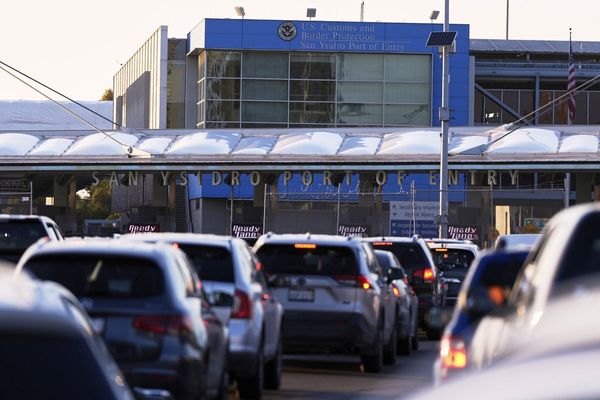Scientists explain the necessary steps to transform the food system toward a sustainable model.
Benjamin Bodirsky is a researcher at Potsdam and the World Vegetable Center in Tainan, Taiwan and one of the authors of the study.
He believes that shrinking the size of the current food system won’t cut emissions much.
But what is needed is to transform the very nature of that global food system.
“That means on the one hand that people consume what they need in terms of nutritional requirements.”
“Curb food waste and eat a more balanced diet, with much more vegetables and less animal products. ”
He adds that food should be produced in a less-polluting way, using smarter dosing of fertilizers or by planting higher-yield crops.
“Also, carbon pricing could help steer farmers towards lower-emission agricultural practices, because emitting less then means paying less.”
“Put together, this could drastically reduce greenhouse gas emissions.”

Benjamin Bodirsky also said that they “looked at what this system would look like in a hypothetical degrowth world”.
The degrowth world is a world with less production and consumption which means greater social and ecological welfare.
Benjamin Bodirsky said: “On the basis of a review of degrowth proposals, we created a set of scenarios to feed into a food and land systems computer simulation to explore their effect on the food system.”
David Chen, researcher at the Potsdam Institute for Climate Impact Research and also author of the study, explains.
“What we found is that the current food system is basically unsustainable for any society, regardless of economic growth rates.”

The simulations showed that simply curbing growth in rich countries would not bring sustainability benefits in the food system.
Financial transfers from higher to lower-income countries within the current development paradigm may even increase emissions.
Yet when the scientists included consumption changes and efficiency gains incentivized by a price on carbon, the results showed an improved nutritional outcome for all consumers.
These consisted of lower greenhouse gas emissions, and in consequence less economic activity in agriculture required for food production.

A sustainable food system transformation that takes into account all costs for the environment would entail a slight increase in food prices.
That’s why transformation must be accompanied by a well-thought-out policy mix of smart taxing schemes, social compensation for CO2 pricing, and international transfers.
Also, making agriculture more climate-friendly requires a huge investment which is a challenge.







